Wednesday, 5 June 2019
Barrow (Utqiagvik), Alaska, USA
0530hrs is way too early to get up to catch a flight. Bleary eyed, board the flight to Barrow, the northernmost point of continental USA. Due to the late booking there was only a seat available in First Class (which is really Business). Boarding gate announces that they welcome First Class passengers to board first. Scruffy oil worker standing next to me says to me, “That’s got to be you hasn’t it.” He’s not wrong. He’s got me sussed alright.
Ninety minutes flying the route I’ve just driven, manage to see glimpses of the Dalton Highway snaking through the landscape like a gymnast’s ribbon. Brief stop in Prudhoe Bay to offload the oil workers and pick up new ones on rotation. Didn’t think I’d ever be back here again. Descend through fog into Prudhoe Bay and it’s only about 300ft above ground that we see land. Still cold. Still foggy.
Half hour flight from Prudhoe Bay to Barrow.
The northernmost point of continental USA.
The most northerly I’ve ever travelled to.
71 degrees.
17 minutes.
26 seconds.
North.
If I thought Prudhoe Bay was cold, barren and remote, Barrow is even worse.
Only accessible by air or sea (during the summer months).
Minus 6C. Snowing. Windy.
About as remote as you can get.
First impression is the amount of debris, junk and rubbish lying about. It’s everywhere you look.
Short shuttle transfer to the Top of the World Hotel (http://www.tundratoursinc.com/). One of the few hotels in town. Once again, a site hut type hotel.
Warned that a polar bear was seen outside the hotel yesterday morning. Oh great. If it’s not grizzly bears trying to gobble you up in the woods, it’s polar bears having you for breakfast in the snowy wastelands of the north.
Have booked a half day tour of Barrow tomorrow. So an afternoon walk to the local museum. It’s actually colder than Antarctica but only have summer gear with me unfortunately. Brisk walk to try and keep body temperature up. My first impressions are compounded when I walk the dirt roads through the homes of the locals. Staggered how much debris there is. Literally hundreds of knackered and smashed up skidoos and old cars left to rot on people’s property. Somewhat eye opening but as I’m later told, there’s no where really for them to dispose of them properly. There’s an annual barge in September, when the sea ice has melted, that takes household waste away from the waste station in town but that’s it. All the houses are wooden type shacks and you wonder how they could keep warm as a number look like simple garden sheds. Very basic living.
The Cotswolds it isn’t.
Museum has a conference on so much of the exhibition is closed to the public, apart from the section on whaling. The local Eskimos in this North Slope region are called ‘Inupiat’ and whaling, still practiced today, is part of their heritage. Whatever your views on whaling and preservation, they whale for subsistence. Bowhead whales pass by in both the Spring and Autumn and the Inupiat are one of the few that go out whaling twice a year. Using their wooden framed boats covered in seal skin, they camp out on the sea ice at the water’s edge and go hunting. Once the whale is harpooned, it is their culture not to celebrate but pay their respects to the whale and its spirit by having a period of silence before the whale is brought back to the sea ice. The Inupiat believe that the whale gives itself to them.
Once hauled on to the sea ice, the whale is carved up and custom dictates that certain sections of the whale go to different parties, such as the captain of the boat, the harpooner, the crew, people that have helped bring the whale to the sea ice shore, people that have helped cut up the whale. Once cut up and distributed, the whale is put in a storage cellar below ground in the permafrost to preserve the whale throughout the year until the next whaling.
The museum is also a bit of a community centre and a group of old Eskimos gather to sing songs accompanied by a small group of musicians. They seem to be singing in the local Inupiat language but I can’t help but recognise the tune and certain words. The adjoining library is excellent and well stocked with a good and interesting selection of books.
It’s another cold walk through the biting wind back to the hotel which necessitates popping into the local supermarket and post office to thaw out enroute. Supermarket is surprisingly well stocked, though food costs quite a lot.
No alcohol on sale though. This is a dry town. Or to be more precise, a ‘damp’ town. Like being in the Middle East, you need an alcohol licence to purchase alcohol and limited rations per month.
Fortunately, hotel has an excellent restaurant and it’s a pleasurable dinner looking out over the Arctic Ocean.
Russia to the left of me.
North Pole in front of me.
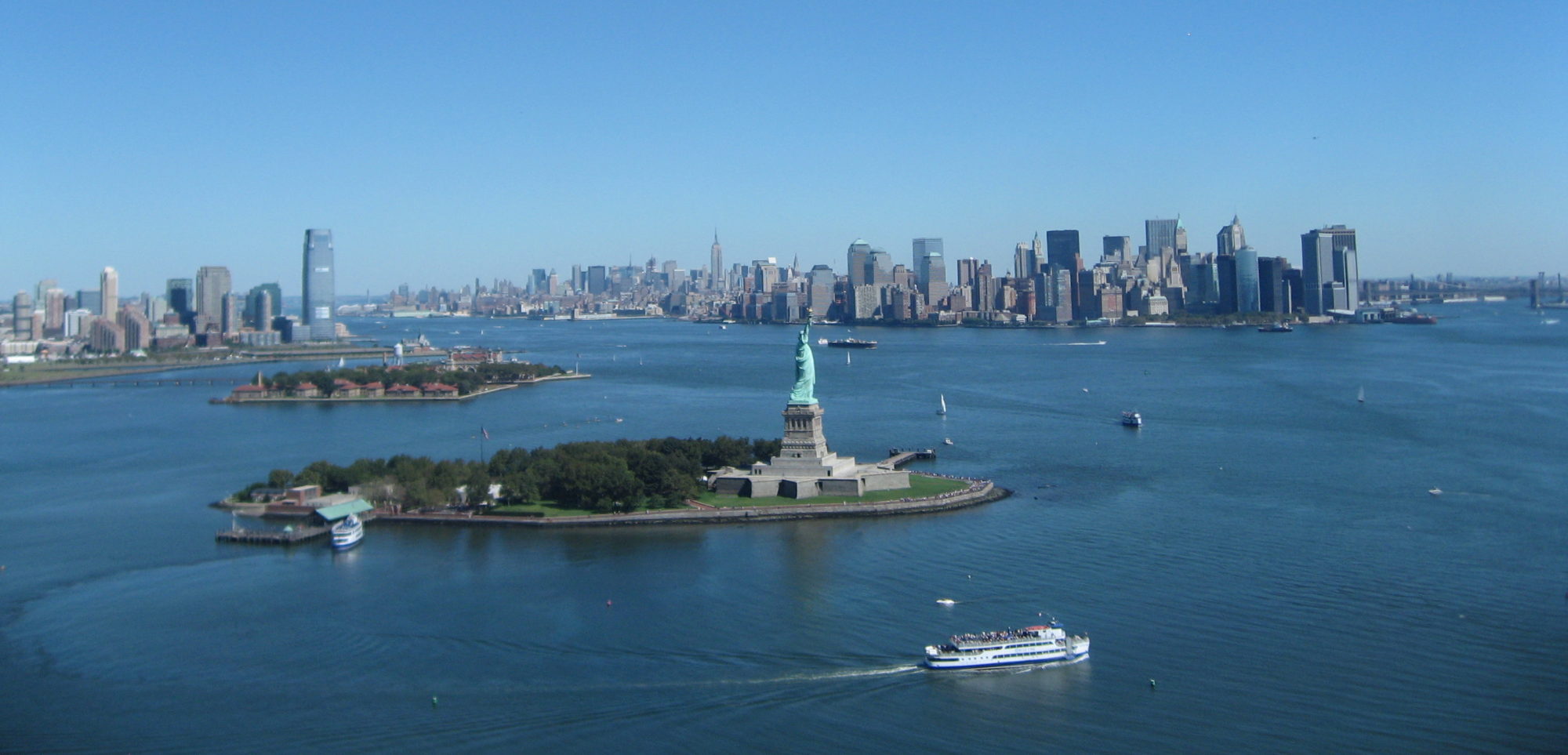

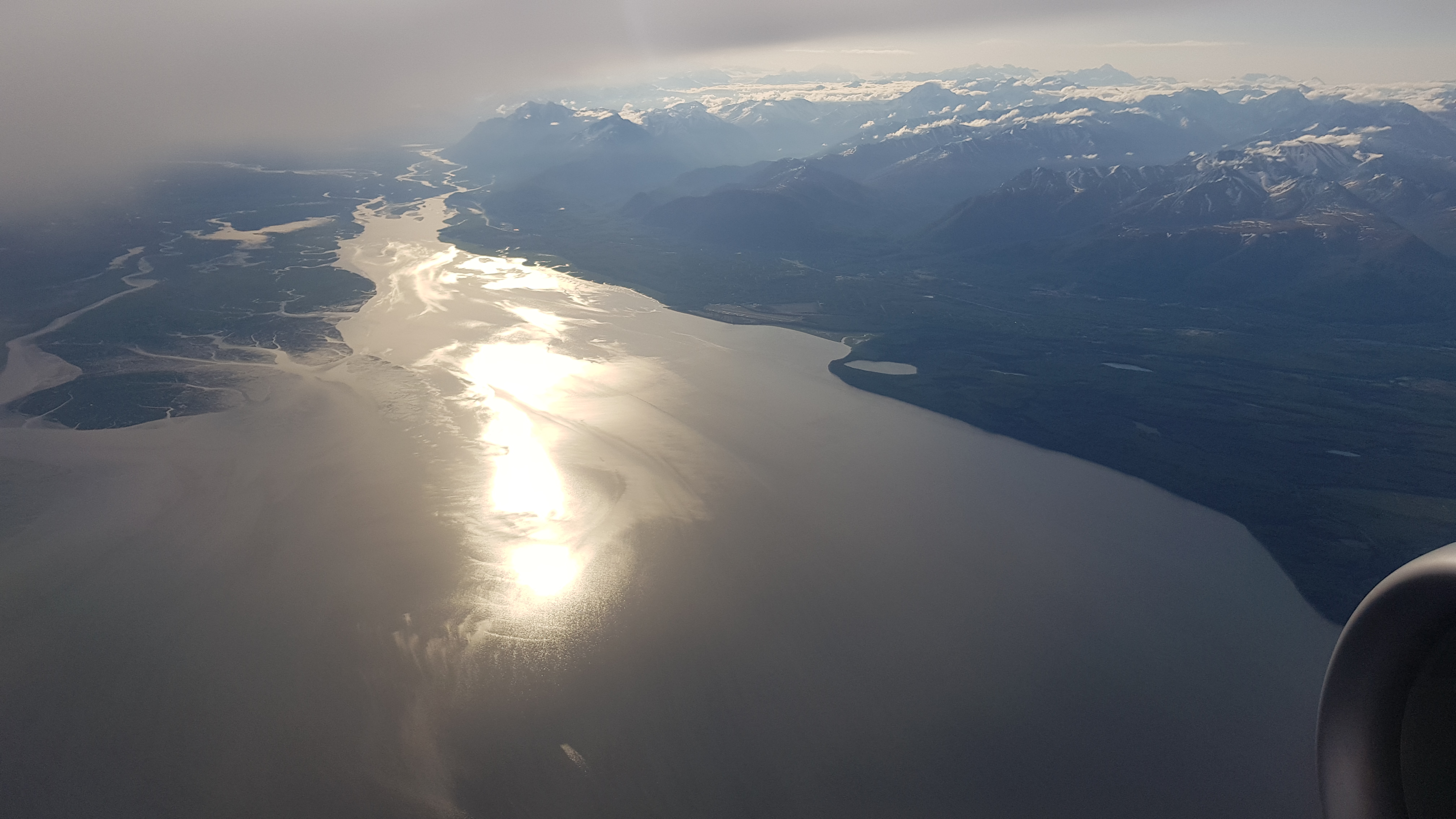


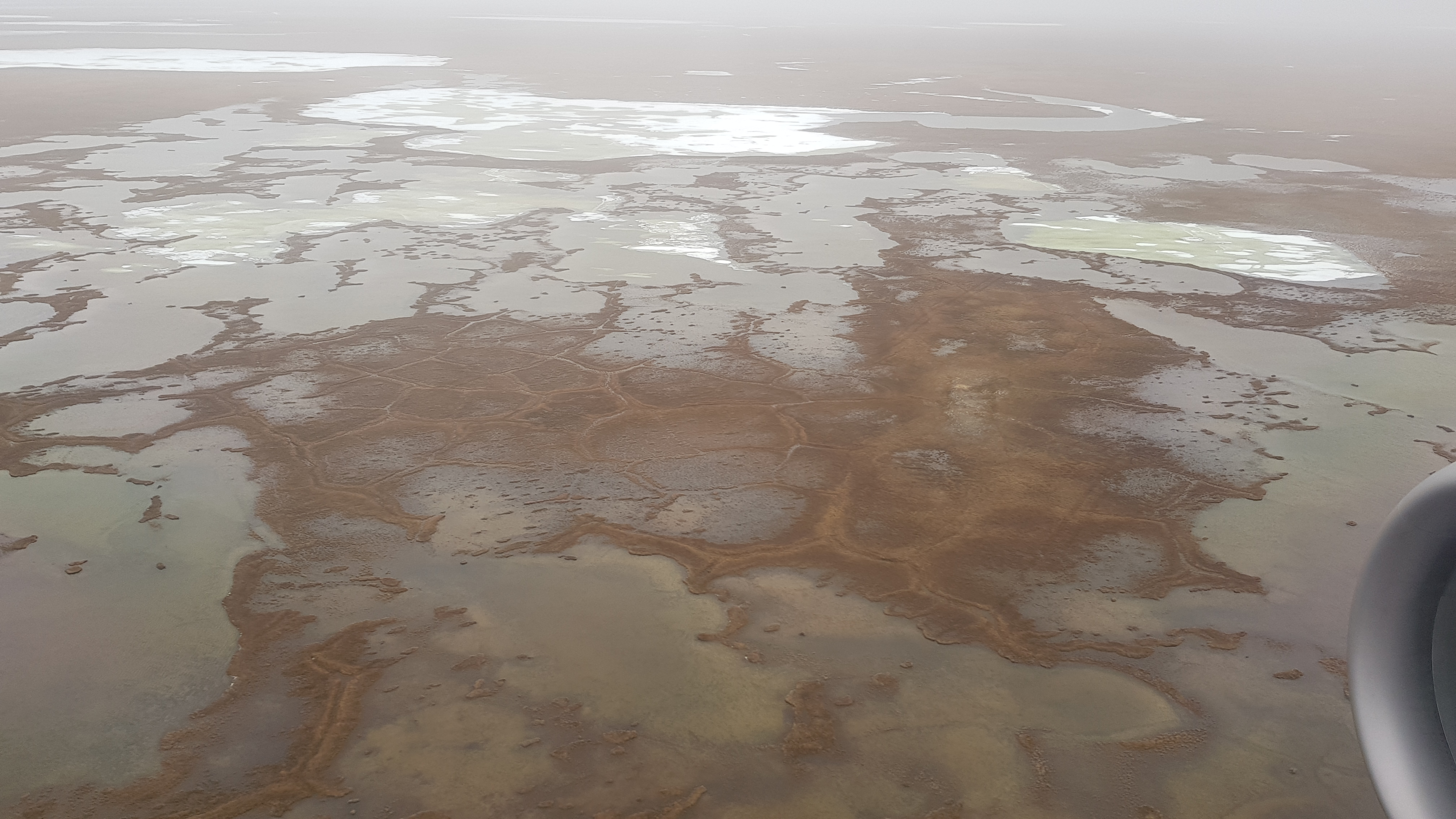

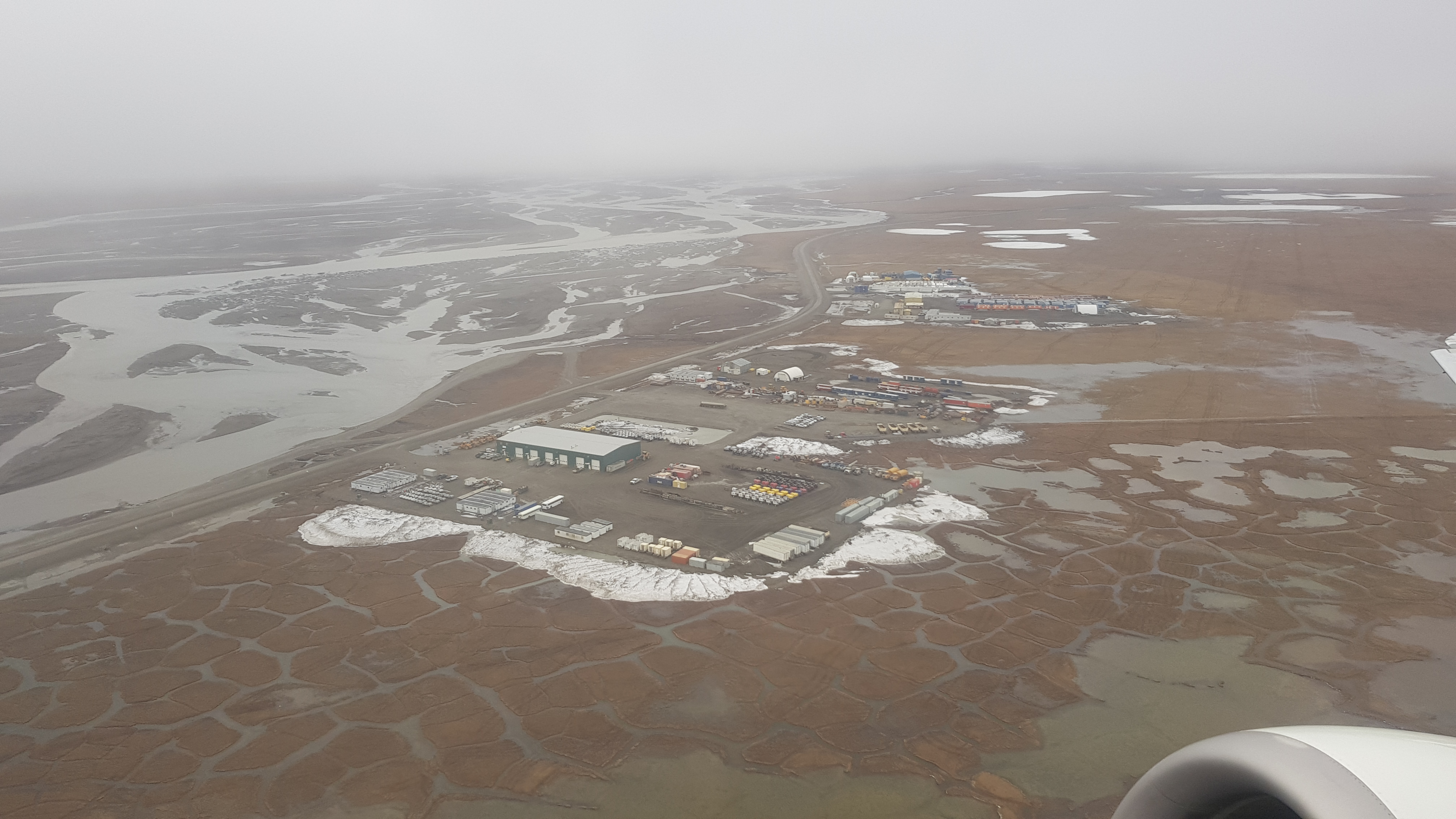



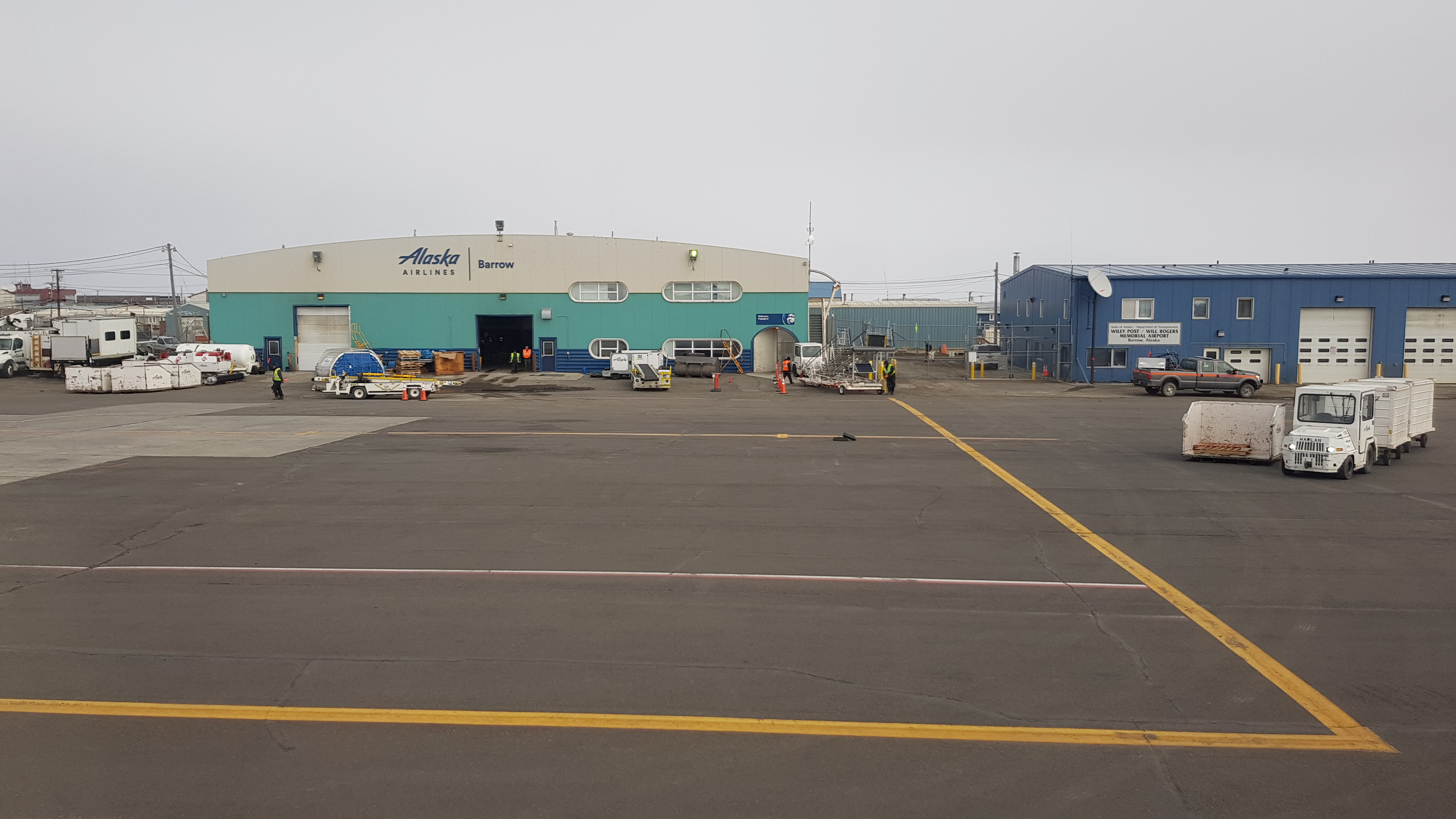










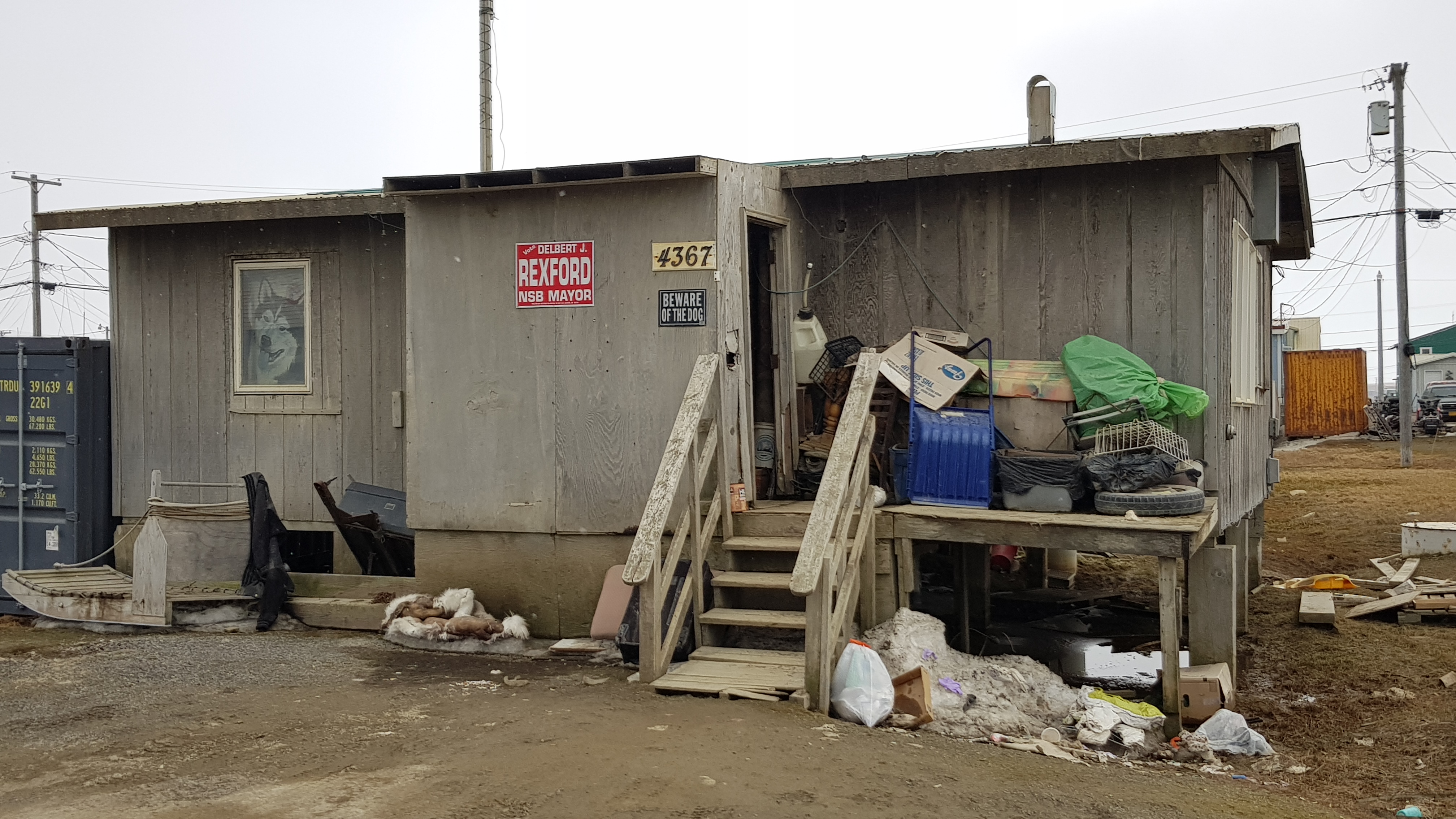


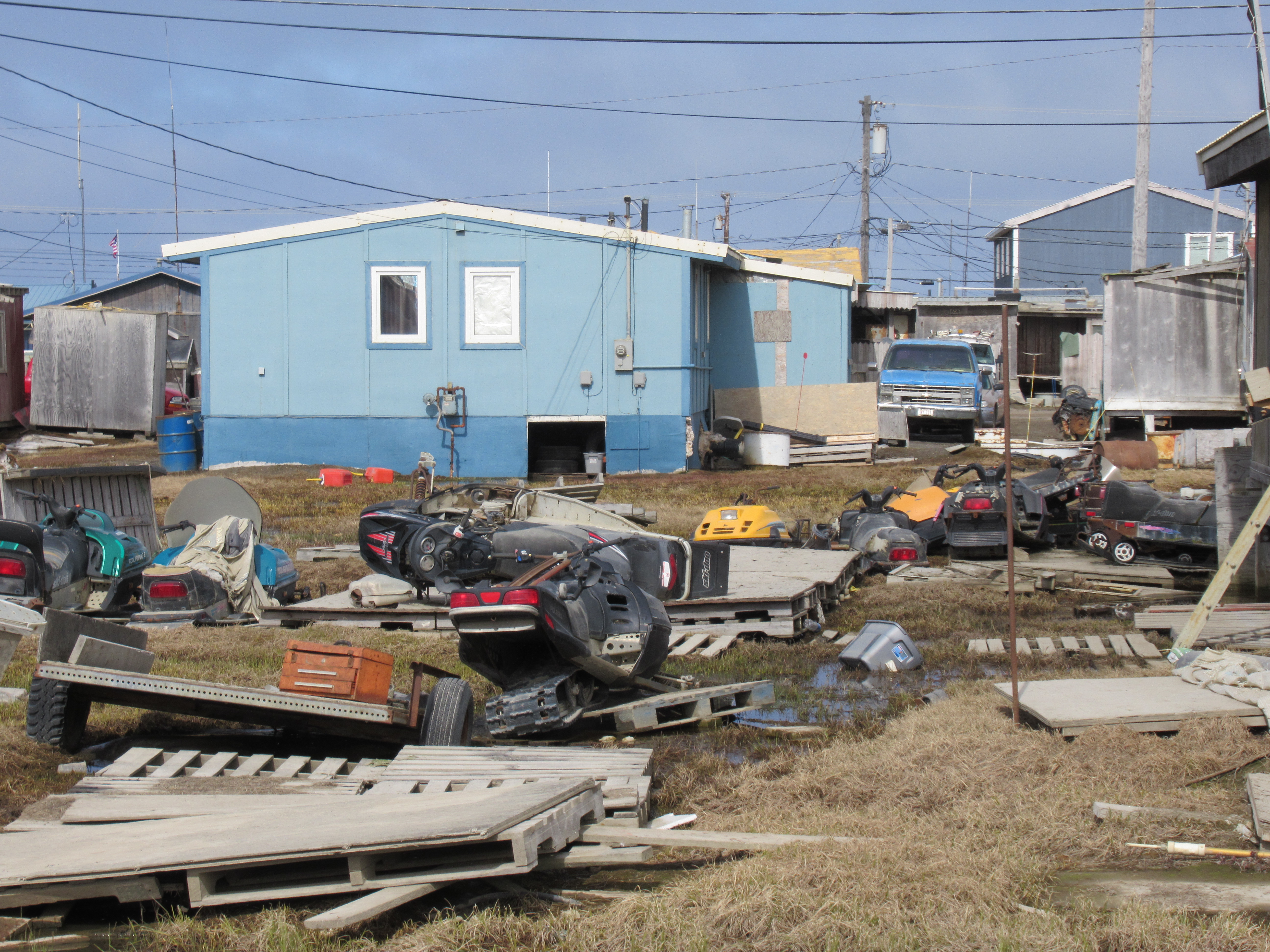

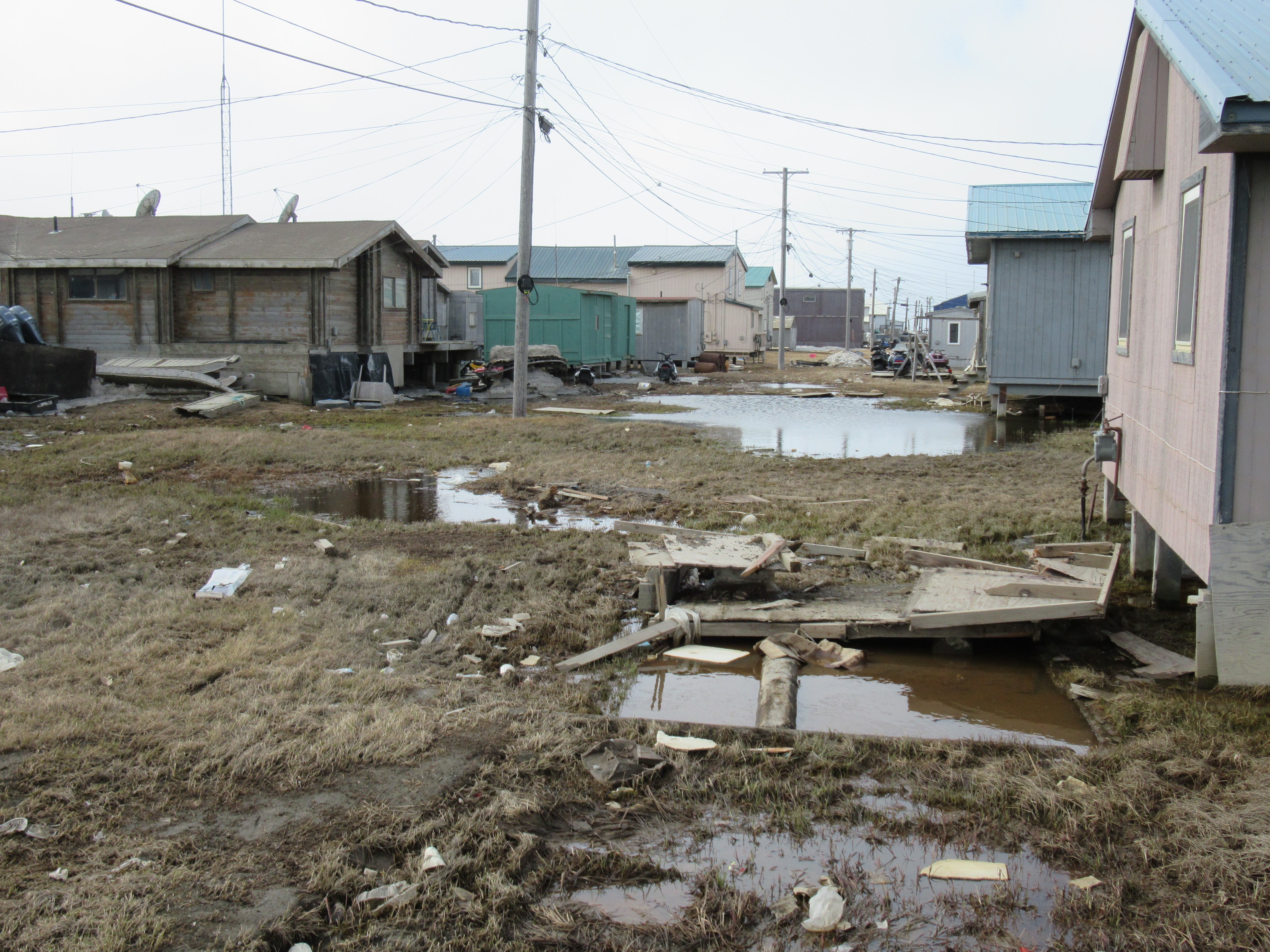








What a depressing place! Clean UP required… Besides it is amazing that people what to live there. You must be feeling sad that your long journey is about to end. Do you still have the travel bug?